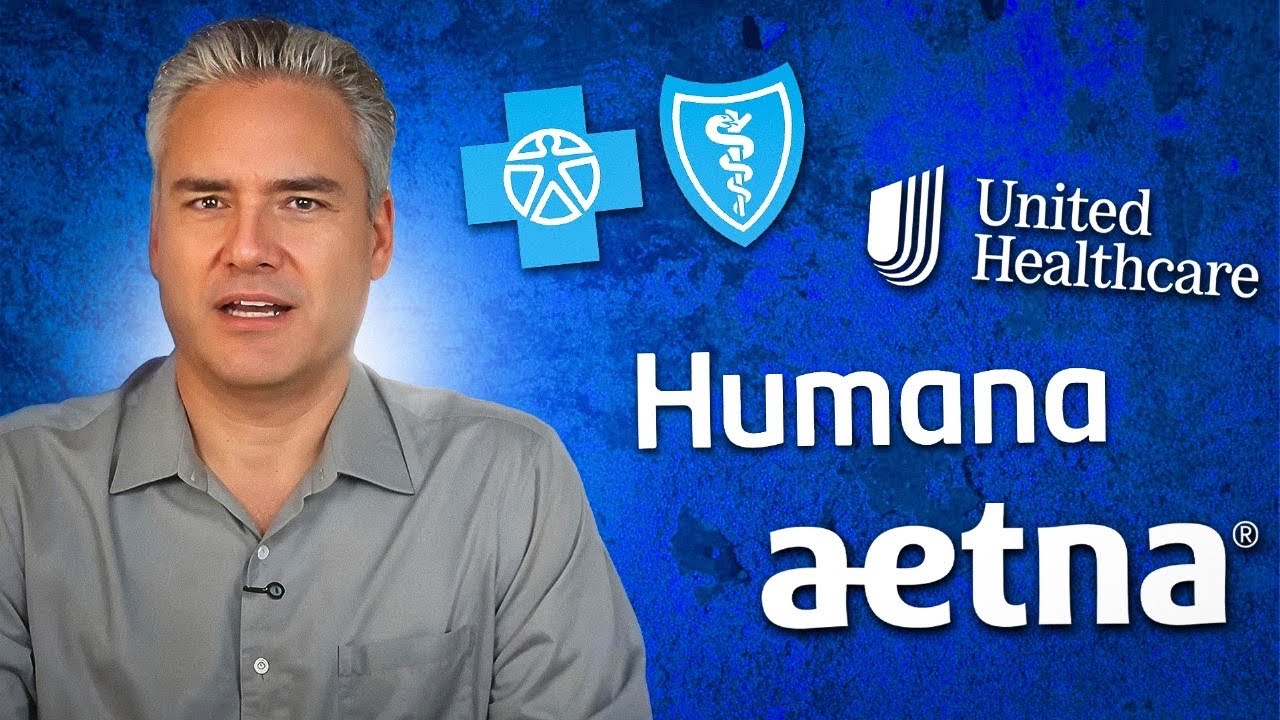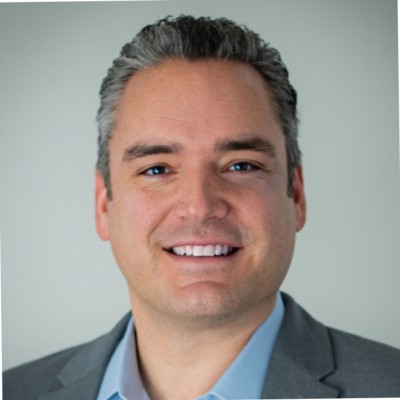You care about one thing: “Am I going to pay more next year?”
Maybe your premium looks the same and you got a “nothing’s changing” letter.
Reality check: costs often move somewhere else—in your out-of-pocket limit, drug tiers, specialist visits, extras, or networks. This post translates those quiet shifts into plain English so you can spot them—and stop them from draining your wallet.
Watch: All The Hidden Costs Buried In Your Medicare Plan Exposed
Key Takeaways
-
Stable premium ≠ stable costs. Plans often shift expenses into MOOP, copays, coinsurance, and networks.
-
MOOP matters more than the $0. A higher maximum out-of-pocket (MOOP) means more risk if you use care.
-
Drug tiers reshuffle. The same medication can cost more next year due to tier changes or coinsurance.
-
Specialist visits creep up. Small copay changes add up fast if you see specialists regularly.
-
Networks and plan types change. More HMOs, tighter networks, referral requirements in more places.
-
IRMAA can raise your bill. If your income rose, expect higher Part B/D surcharges—watch your mail.
Where 2026 Plans Quietly Hide Costs
Even if your plan name, premium, and coverage headline look identical to last year, chances are something shifted underneath. Insurers often rework the fine print—adjusting limits, drug tiers, or visit fees—to balance rising medical costs without advertising a “price hike.” Here’s where those hidden costs usually lurk.
MOOP: The “Hidden Premium”
Your premium can stay flat while your maximum out-of-pocket climbs. That’s the most you’d pay in a year for covered medical care. A higher MOOP = higher risk if something big happens. Always compare MOOP year-over-year.
Drug Tiers, Deductibles, and Coinsurance
Formularies move. A drug that was Tier 2 can become Tier 3, a flat copay can become coinsurance (a percentage), and Part D deductibles can shift. Run your meds on Medicare.gov’s Plan Finder to see your real 2026 costs.
Office Visit Costs and Referrals
Plans may keep the same structure but raise specialist copays or push you into HMOs that require referrals. If you see specialists, that line item in your booklet matters more than a $0 premium headline.
Extras Are Shrinking
Allowances for things like dental, OTC, groceries, or fitness can be reduced or removed. Those “extras” are real dollars—verify what’s changing before you count on them.
Why Plans Are Tightening the Screws
Industry costs are up and rules are tighter, so many Medicare insurers are pricing for sustainability, not growth. Translation: they trim benefits, narrow networks, consolidate products, or exit certain counties to stay profitable.
If Your Plan (or Part D) Is Ending
Some plans and standalone Part D options consolidate or exit each year. If you receive a notice your plan is ending, you’ll typically get a Special Enrollment Period—but the cleanest path is to enroll in new coverage effective January 1 to avoid gaps (especially for prescriptions).
Other Shifts to Watch
-
PPO → HMO trend: More HMOs, smaller networks, and referral requirements.
-
Fewer standalone Part D choices: The menu shrinks, so comparison matters more.
-
Agent support varies: Compensation changes mean some agents may not support certain plans; be prepared to self-serve for Part D—or work with someone who will review your meds and costs with you anyway.
FAQs
Does a $0 premium mean my costs won’t change?
No. Costs can shift into MOOP, copays, coinsurance, and drug tiers even when the premium stays $0.
Why did my medication get more expensive?
Plans can move drugs to higher tiers or switch from copays to coinsurance, changing what you pay.
What if my plan is leaving my county?
You’ll usually get a Special Enrollment Period. Enroll in new coverage effective Jan 1 to avoid gaps.
When will I know if IRMAA affects me?
Watch for late-fall letters about next year’s Part B/D amounts; they’ll show any IRMAA surcharges.
What To Do Next (and Avoid Surprise Bills)
-
Open your ANOC letter. Compare MOOP, specialist copays, and drug tiers line-by-line.
-
Confirm your doctors/hospitals are in-network for 2026—don’t assume.
-
Run your prescriptions on Medicare.gov to see real costs by plan and pharmacy.
-
Make your change before Dec. 7 (or use your SEP if applicable) to avoid January surprises.
Need a hand? Get unbiased help comparing options and double-checking your doctors, meds, and costs for 2026. No pressure—just clarity before you lock in for the year.


